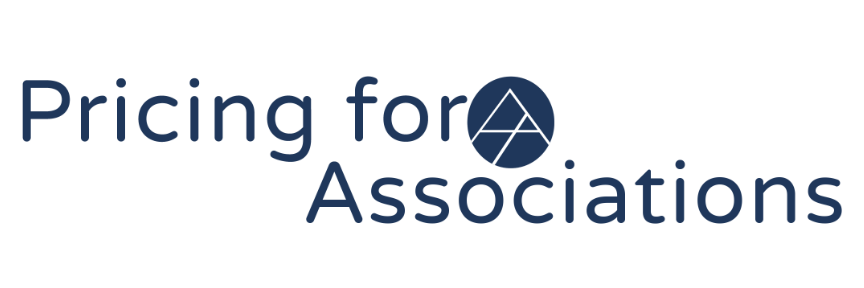Terrified to Raise Prices
One of my clients recently e-mail me a great question, and I wanted to share my response for others who might be struggling with the change management of their team as they look to raise prices.
Dr. Michael,
Question for you. Two groups we work with routinely under-value their sponsorships (IMHO). They are terrified that they will lose sponsors if they raise the price. I have tried to convince them that 10 people at $400 is better that 20 people at $200 right now because fulfillment is time, money and share of voice. Now, if you were great at the up-sale and engagement there may be benefit to more individual companies, but they are not invested in that.
I thought it would be great to get your opinion. Am I thinking correctly here?
It's crazy how little some groups are requesting for access to their membership. Sometimes it's a break even for the fulfillment (via hours spent), which makes no sense to me. And many of their sponsors have DEEP pockets. Will they lose some, yes. But the bottom line is most important, especially if you don't have other strategic objectives, such as up-sales or engagement.
Thoughts?
Julie F.
Julie,
What a great question - and the short answer is yes, you are thinking correctly here.
My first point to clarify with these groups would be their goal in sponsorship, and the answer could very well be multiple, competing goals. As you mentioned, is it revenue? Number of sponsors to seem bigger? Certain categories of sponsors? Segmentation of various benefits, i.e. so many that produce educational content as sponsors, so many that write big checks, so many that offer technical solutions your organization gets calls about all of the time?
There is nothing wrong at all with more than one goal, but if you do have more than one goal, we have to rank those goals to filter our decisions through.
In this case, unless the top goal is the number of sponsors rather than revenue, I do not see how they can go against what you've said.
I wholeheartedly agree that less sponsors at a higher value and price point is even more advantageous. It does reduce direct and indirect costs, especially staff time to manage deliverables. It also makes their sponsorship more exclusive - they are in a less crowded pool, and that is worth even more money.
They can also introduce tiers - perhaps the price is raised on this package from $200 to $400, and what is available for $200 is less value than the current package for those who do not want to go higher.
Regardless, if the team does not calculate their direct and indirect costs against their sponsorship pricing, how do they even know they are profitable? That's something they absolutely must take the time to calculate.
Finally, the real problem here is one of fear and change management. With sponsorship amounts this low, and afraid to raise them (even if it is a 100% raise in price), this tells me the team may not understand the power of pricing and value. Do they believe in the value they are offering their sponsors? Is there value? Why do the sponsors pay money - just for exposure and to be seen, or do they get leads, insights, and credibility? Is the team capturing this? Are they quantifying this value into a percent that they charge (their price) against that expected return on investment for the sponsor?
If not, they need to start there. What is the point of pricing, what is value, how do you measure and quantify it, how do you communicate and sell it, and then how do you set up an annual review of your value and pricing, the same way you would review your strategic plan.
Are you nodding your head in agreement and need help with these answers? Contact us to discuss your pricing consulting needs.


